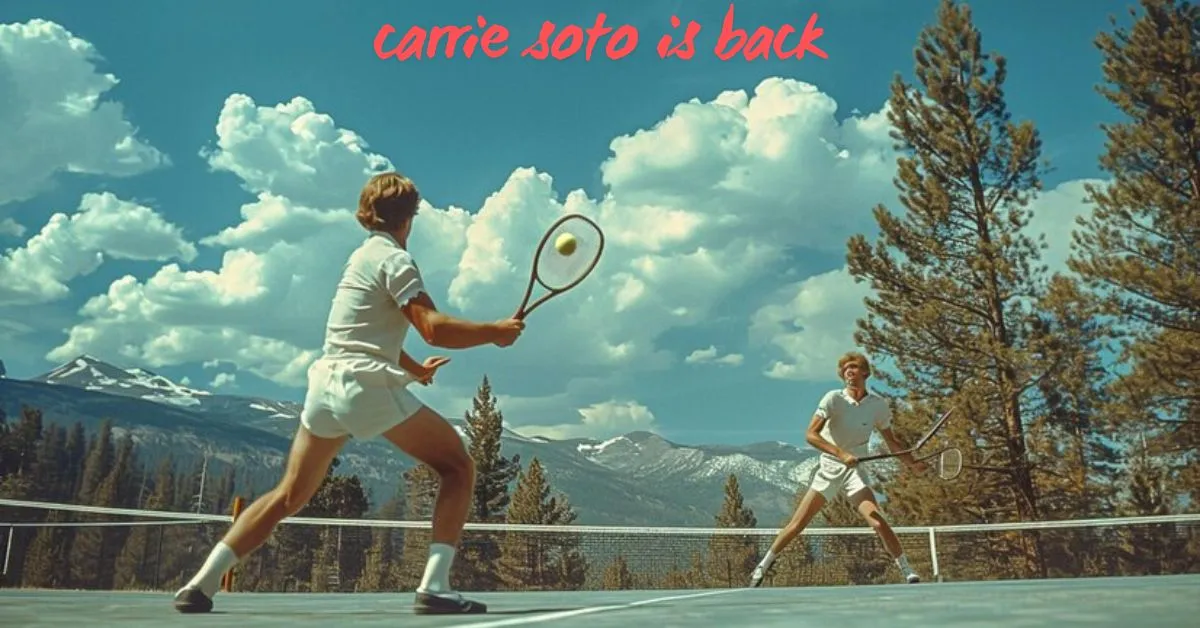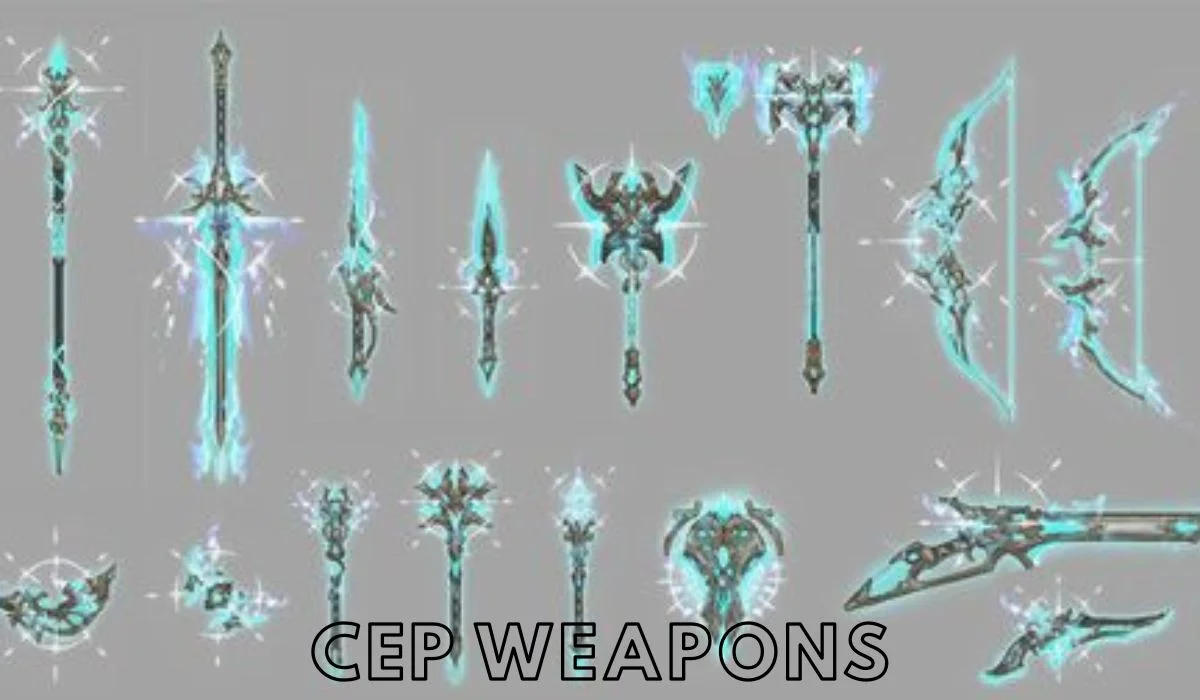“Carrie Soto Is Back” by Taylor Jenkins Reid is not just a novel about tennis; it’s a powerful narrative about legacy, the price of greatness, and the relentless pursuit of redemption. The story centers around the iconic Carrie Soto, a tennis legend who steps out of retirement to reclaim her record from a rising star. This novel, like Reid’s previous works, delves deep into the human psyche, exploring themes of ambition, identity, and the sacrifices one must make in the pursuit of greatness.
The Rise of Carrie Soto: A Tennis Prodigy
Carrie Soto, known as “The Battle-Axe” on the court, was a force to be reckoned with during her prime. Her journey to becoming a tennis prodigy was marked by intense dedication, rigorous training, and an unyielding will to win. From a young age, Carrie displayed an extraordinary talent for tennis, a sport that would become the center of her life.
With lightning speed, Carrie rose to fame and went on to win many Grand Slam championships by the time she was in her early twenties. Her records looked insurmountable, and her name became associated with greatness. Unfortunately, Carrie’s personal life took a hit due to her fixation with winning and the huge pressure that came with her great achievement.
You might also like: Klein Oak Tennis Weebly
The Price of Greatness: Sacrifices and Isolation
Carrie’s pursuit of greatness came at a significant cost. Her intense focus on tennis left little room for anything else in her life. Relationships, friendships, and even her own happiness were sacrificed in the name of victory. Carrie’s father, Javier Soto, who was also her coach, played a crucial role in shaping her career. His relentless drive to see his daughter succeed often blurred the lines between parental love and professional ambition.
As Carrie continued to dominate the tennis world, she became increasingly isolated. The pressure to maintain her top position led to a sense of loneliness and detachment from the world outside of tennis. Despite her numerous victories, there was always a lingering question: was it all worth it?
The Fall of a Legend: Carrie Soto’s Retirement
After years of ruling the tennis courts, Carrie Soto decided to retire at the age of 32. Her body, battered by years of intense competition, could no longer keep up with the demands of the sport. Moreover, the emotional toll of her career had left her exhausted and yearning for a life beyond tennis.
Carrie’s retirement was met with mixed reactions. While some celebrated her illustrious career, others were quick to criticize her for being too competitive and ruthless. Regardless of public opinion, Carrie knew that stepping away from the sport was the right decision for her at the time.
The Struggle with Identity Post-Retirement
Carrie, a tennis player who dedicated her life to the sport, faced new challenges after retirement. She struggled with her identity outside of tennis and transitioned from a world-renowned athlete to a retired player, presenting a difficult transition.
During this period, Carrie’s relationship with her father became strained. Javier, who had been instrumental in her career, found it difficult to accept his daughter’s retirement. The bond they once shared over tennis now seemed to be the very thing pulling them apart.
The Comeback: A Return to the Court
Carrie’s tennis career seemed to be over when Nicki Chan, a young and talented player, threatened to break her record for the most Grand Slam titles. Fearing losing her record to someone else, Carrie decided to come out of retirement, reinforcing her competitive fire.
At 37, Carrie knew that her comeback would not be easy. The physical demands of the sport were more challenging than ever, and she had to rebuild her strength and stamina. But for Carrie, this was not just about reclaiming her record; it was about proving to herself and the world that she still had what it took to be the best.
Training with Javier: The Father-Daughter Duo
Carrie’s decision to return to tennis meant that she would once again be training with her father. Javier, who had been her coach throughout her career, was both thrilled and apprehensive about his daughter’s comeback. Together, they embarked on an intense training regimen, pushing Carrie’s body to its limits.
The dynamic between Carrie and Javier during this period is one of the most compelling aspects of the novel. Their relationship, strained by years of unspoken expectations and disappointments, is put to the test as they navigate the challenges of her comeback. Through their interactions, Reid masterfully explores the complexities of parent-child relationships, especially when intertwined with professional ambitions.
The Battle on the Court: Carrie vs. Nicki Chan
The climax of “Carrie Soto Is Back” is the much-anticipated showdown between Carrie and Nicki Chan. This match is not just about tennis; it’s a battle of wills, a clash between the past and the future. For Carrie, this match represents everything she has worked for, while for Nicki, it’s a chance to solidify her place in tennis history.
Reid’s depiction of the match is nothing short of exhilarating. The tension, the stakes, and the emotions of both players are vividly portrayed, making the reader feel as though they are right there on the court. The match is a rollercoaster of highs and lows, with each point feeling like a make-or-break moment.
The Outcome: More Than Just a Victory
Without giving away too much, it’s safe to say that the outcome of the match is not what one might expect. Reid skillfully avoids clichés, delivering an ending that is both surprising and deeply satisfying. The match’s conclusion is a powerful reminder that sometimes, the journey is more important than the destination.
For Carrie, the match against Nicki is not just about reclaiming her record; it’s about reclaiming her sense of self. Whether she wins or loses, Carrie’s comeback is a testament to her resilience, her love for the game, and her unbreakable spirit.
Themes Explored in “Carrie Soto Is Back”
“Carrie Soto Is Back” is rich with themes that resonate with readers on multiple levels. At its core, the novel is a story about ambition, identity, and the cost of greatness. But it’s also a poignant exploration of aging, legacy, and the inevitable passage of time.
Must Visit: mizpedia
Ambition and the Pursuit of Excellence
Carrie’s relentless pursuit of excellence is a central theme in the novel. Reid delves into the psychology of ambition, highlighting its dual nature as a source of strength and a double-edged sword, as it encourages individuals to push beyond their limits.
Identity Beyond Success
One of the most compelling aspects of Carrie’s journey is her struggle with identity. For most of her life, Carrie’s sense of self was tied to her success on the tennis court. But as she transitions into retirement, she is forced to confront the question: who is Carrie Soto without tennis? Reid’s exploration of this theme is both nuanced and relatable, as many readers can identify with the challenges of finding one’s identity beyond professional achievements.
The Complexities of Parent-Child Relationships
The relationship between Carrie and her father, Javier, is at the heart of the novel. Their bond, shaped by years of shared triumphs and disappointments, is a reflection of the complexities inherent in parent-child relationships. Reid expertly navigates the tension between love and ambition, showcasing how these forces can both unite and divide.
Redemption and the Power of Second Chances
Carrie’s comeback is not just about reclaiming her record; it’s about seeking redemption. Throughout the novel, Carrie grapples with the mistakes of her past and the desire to make things right. Reid’s portrayal of redemption is both realistic and uplifting, emphasizing the power of second chances.
The Reception of “Carrie Soto Is Back”
Since its release, “Carrie Soto Is Back” has received widespread acclaim from readers and critics alike. The novel’s compelling characters, gripping plot, and deep exploration of universal themes have resonated with a broad audience. Many have praised Reid’s ability to create complex, multidimensional characters who are both flawed and deeply human.
Critical Acclaim
Critics have lauded “Carrie Soto Is Back” for its nuanced portrayal of ambition and identity. The novel’s portrayal of parent-child relationships is highly acclaimed for its authenticity and emotional depth, highlighting the dynamic between Carrie and Javier.
Reader Reactions
Readers have responded enthusiastically to “Carrie Soto Is Back,” with many expressing admiration for Carrie’s resilience and determination. The novel delves into the complexities of competitive sports, attracting readers from tennis enthusiasts and general readers, while also addressing themes of aging, legacy, and time passage.
Conclusion
“Carrie Soto Is Back” is more than just a sports novel; it’s a powerful story about the complexities of life, the pursuit of greatness, and the search for identity. Taylor Jenkins Reid has crafted a narrative that is both engaging and thought-provoking, leaving readers with much to ponder long after the final page.
“Carrie Soto Is Back” is a captivating story about resilience, redemption, and self-discovery, showcasing the sacrifices and enduring power of love and family in the pursuit of greatness.
FAQs
Q: What is “Carrie Soto Is Back” about?
A: “Carrie Soto Is Back” is a novel by Taylor Jenkins Reid that follows the story of Carrie Soto, a legendary tennis player who comes out of retirement to reclaim her record from a younger, rising star. The novel explores themes of ambition, identity, legacy, and the price of greatness.
Q: Who is Carrie Soto?
A: Carrie Soto is the protagonist of the novel, a former tennis champion known for her fierce competitiveness and unmatched record of Grand Slam titles. The story chronicles her journey as she attempts a comeback after retirement.
Q: What themes are explored in “Carrie Soto Is Back”?
A: The book explores themes like aspiration, identity, parental-child relationships, aging, and redemption, emphasizing the importance of second chances in overcoming adversity.
Q: Who is Javier Soto in the novel?
A: Javier Soto is Carrie’s father and coach. He played a pivotal role in her rise to tennis stardom and continues to guide her during her comeback. Their relationship is a central focus of the novel, highlighting the tensions and bonds between them.
Q: How does the novel depict the relationship between Carrie and her father?
A: The relationship between Carrie and her father, Javier, is complex, shaped by years of shared ambitions and sacrifices. The novel explores the emotional depth of their bond, showcasing both the love and the conflicts that arise from their intertwined personal and professional lives.





2 thoughts on “Carrie Soto is Back : A Riveting Tale of Legacy, Comebacks, and Redemption”